There is a cruel irony in the life of Gunnar Nilsson. He raced at a time when Formula 1 was still highly dangerous but his life was cut short not by a racing accident but by cancer. "His rare talent had taken him swiftly to the top as n° 2 to Mario Andretti," wrote The Times, "[and] he was perhaps the most naturally gifted of the new generation of Grands Prix drivers".
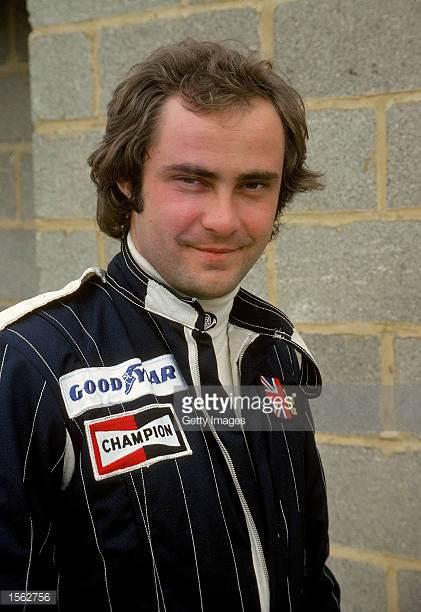
Lotus Ford driver Gunnar Nilsson.
Gunnar Nilsson didn’t match the image of Gascon and playboy driver, anything other than track and models, of which the late ‘70s Formula One, a sort of film set, was filled with.
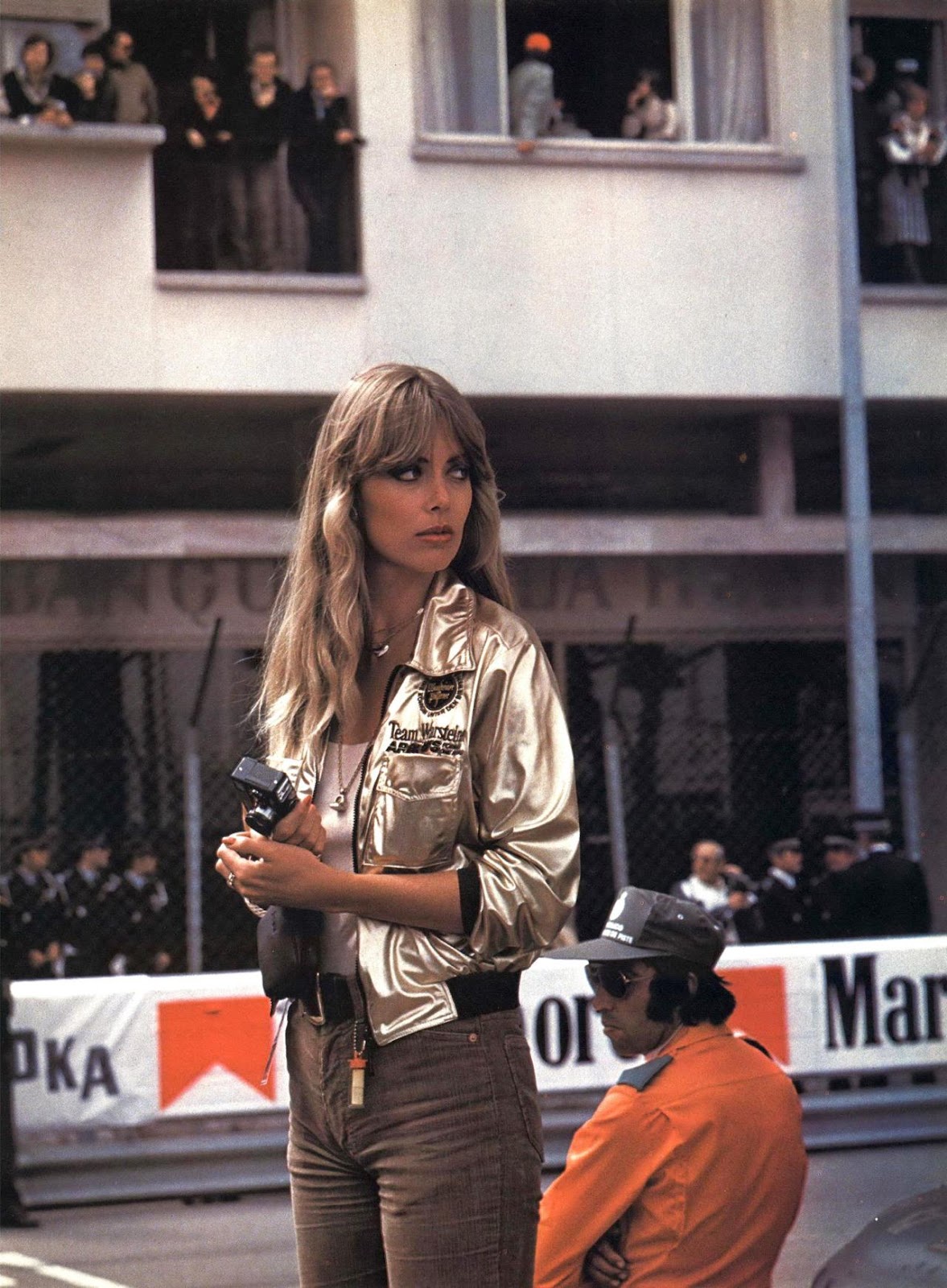
GP fan in Montecarlo.
He didn’t have the icy detachment of Niki Lauda or James Hunt’s wild and lady killer stigmata. He was a simple guy and a serious and dedicated driver. He invited writers, artists and scientists home: his living room was open for culture. He spoke English, French and German fluently, in addition to Swedish. He had special affection for his mother and his girlfriend. Born into a wealthy family, even though his father Arvid died when he was only 15, he inherited money enough to devote himself to his passion for race cars, that he loved just like people tend to enjoy the few things on behalf of which they could give up the most comfortable life. Ken Tyrrel was one of the first to predict him to become a future world champion.
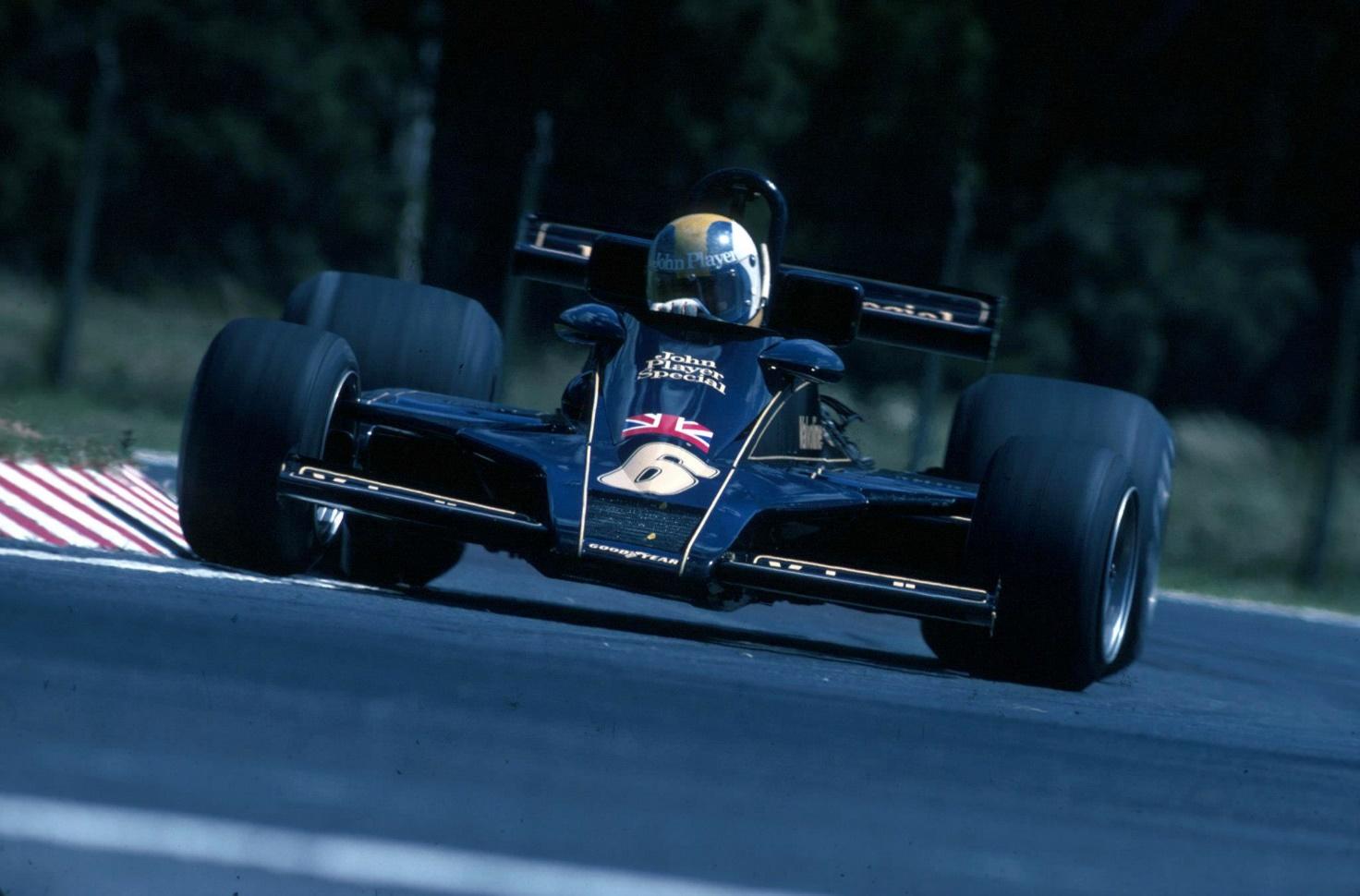
Gunnar Nilsson in his Lotus.
Born in Helsingborg, on Sweden's west coast, on 20 November 1948, Nilsson was the second son of a Helsingborg building contractor. He attended school in his home town and went into the service as a submarine radio officer in the Swedish Navy. After leaving the Navy, he studied engineering for four years at Stockholm University and gained a degree. It was hoped he would join the family business but, after eight months working as a supervisor in the construction industry, he left to start his own business.
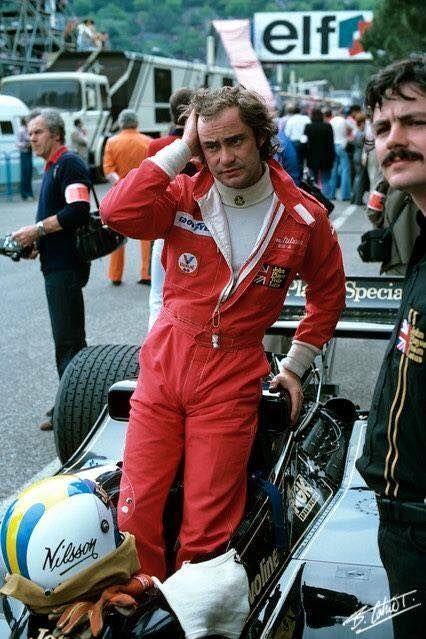
Together with his associate, Dan Molim, they aimed to establish a transport business. This proved to be very successful and Nilsson continued to be a partner in the company, even when he became a full-time driver.
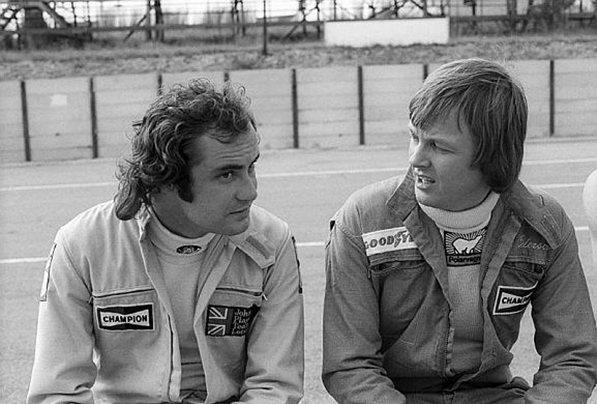
Gunnar Nilsson and Ronnie Peterson.
He had seen the exploits of follow Swedes; Ronnie Peterson and Reine Wisell and knew he wanted to be a racing driver.
Nilsson began racing in national events in the late 1960s.
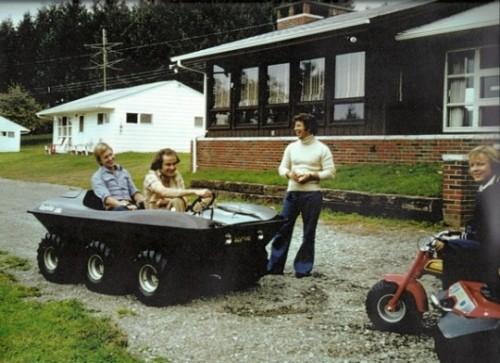
Gunnar Nilsson and Mario Andretti in 1970.
At the age of 26 he decided to try his hand in Britain and raced in Formula Super Vee in 1974.
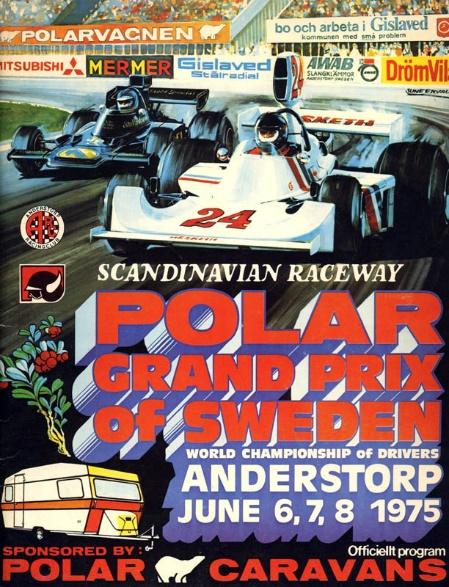
He returned with a private March to race in the British Formula 3 series and this led to the offer of a works March drive in Formula 3 in 1975. He ended the year with eight wins and the title of British Formula 3 Champion.
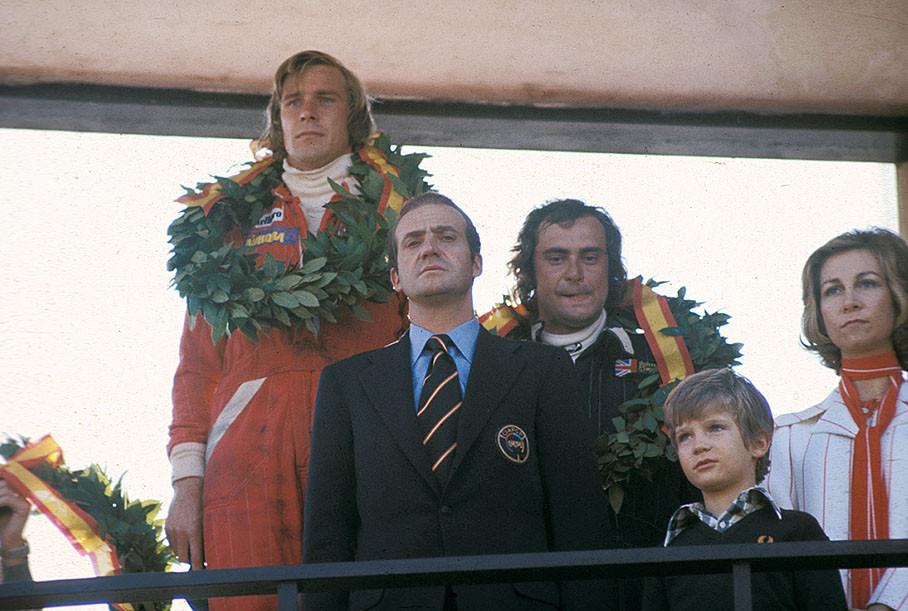
1976. Podium ceremony for James Hunt, winner of the Spanish Grand Prix, with third placed Gunnar Nilsson. In front of him Juan Carlos, King of Spain, his wife Sophia and Prince Felipe. Photo by Rainer Schlegelmilch.
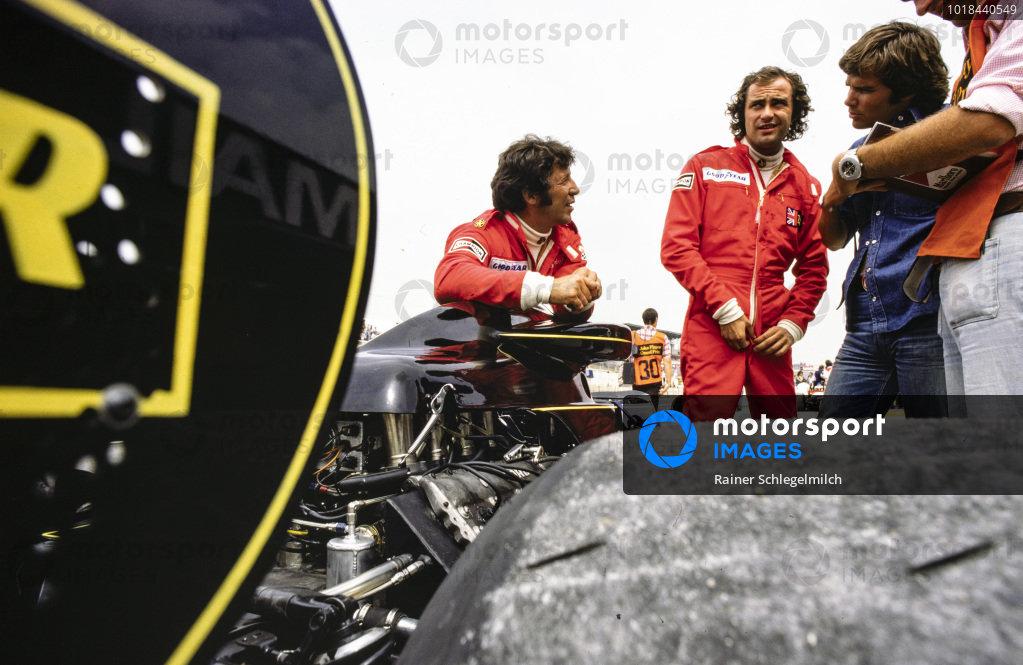
1976 British GP, Gunnar Nilsson and Mario Andretti consult with their team. Photo by Rainer Schlegelmilch.
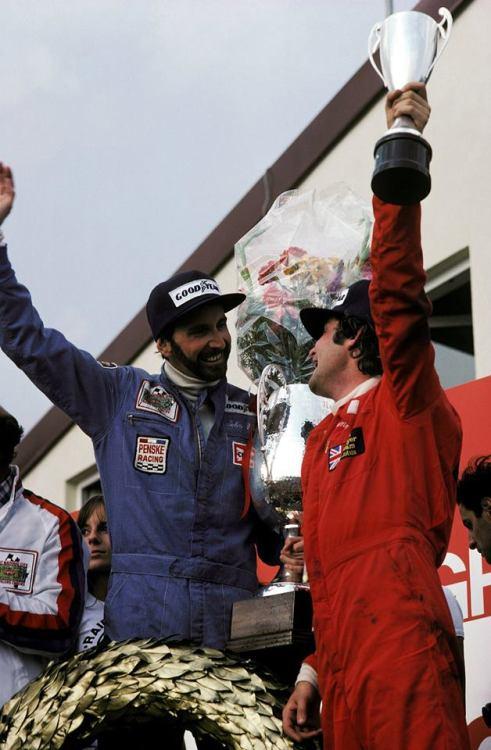
Nilsson and Watson at Austrian GP 1976.
He was going to drive for March in Formula 2 in 1976 but, after starting the year with Team Lotus, Nilsson's fellow-countryman (and rival) Ronnie Peterson decided that he wanted to drive for March instead.
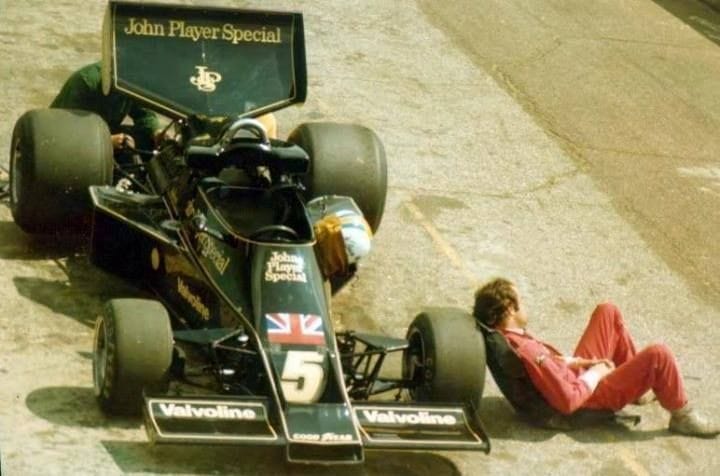
Gunnar Nilsson, Lotus 77 Ford.
As part of the deal March offered Nilsson to Lotus and he joined Bob Evans, another new signing in the team to develop the new Lotus 77. In all his Grands Prix, Nilsson only drove for Colin Chapman and his Team Lotus. Together Andretti and Nilsson developed the 77 into a competitive machine and at the end of the year Andretti gave the team a victory. Nilsson scored 11 points that year.
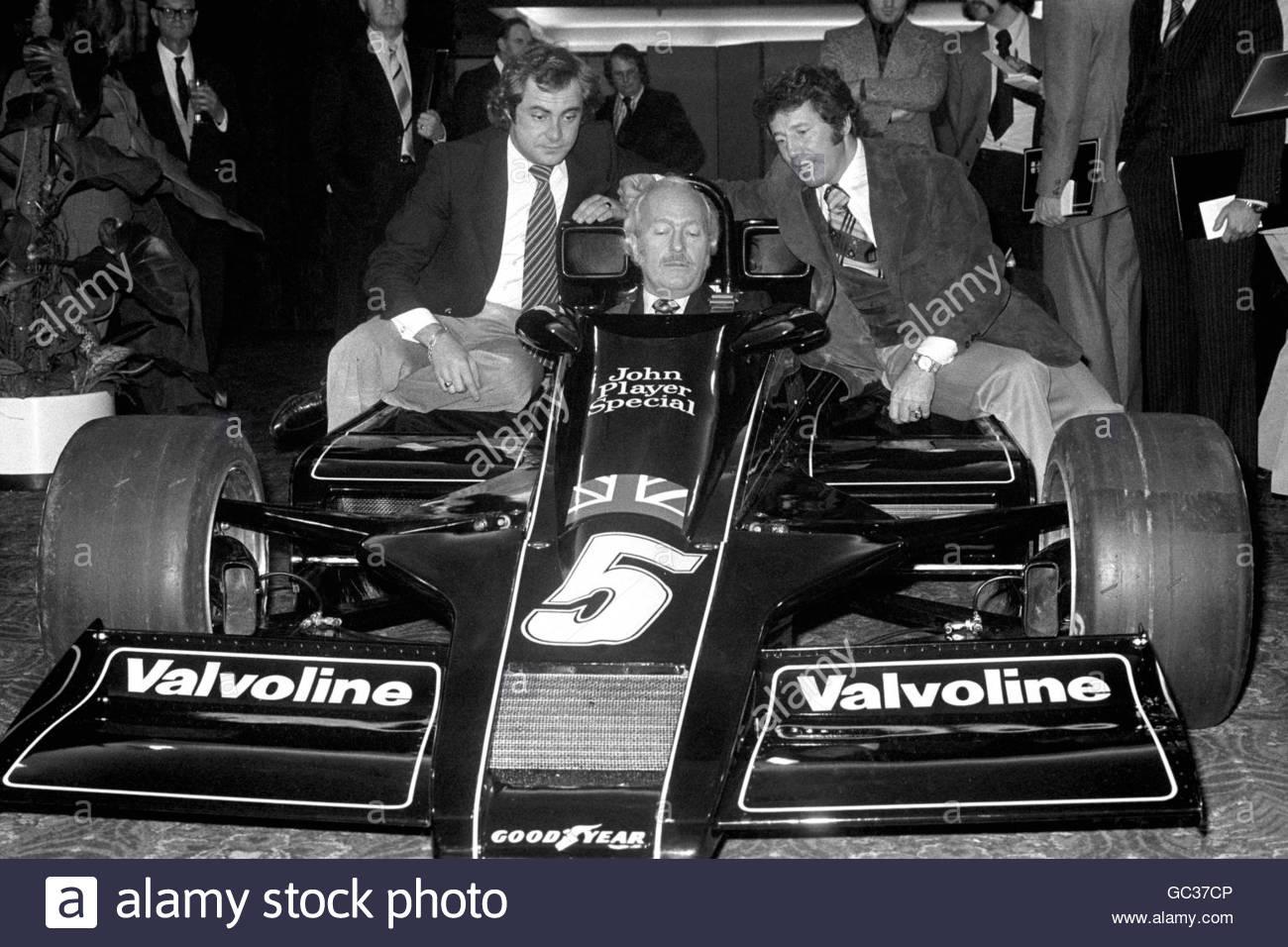
The new Lotus 78 (codenamed the John Player Special Mk. III) is unveiled to the media during its launch at London's Royal Garden Hotel. Lotus chief Colin Chapman sits in the new car, flanked by drivers Mario Andretti (right) and Gunnar Nilsson. December 21, 1976. Credit: PA Images / Contributor.
For 1977 he was retained alongside Andretti and work began to develop the new ground-effect Lotus 78.
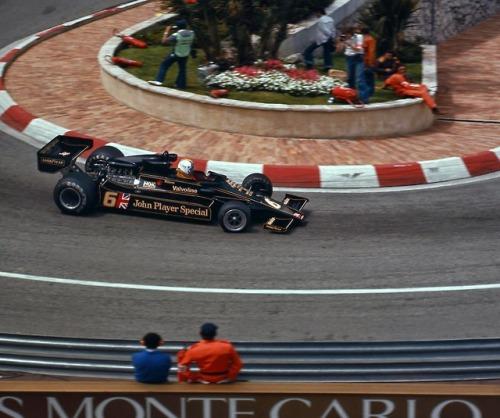
Gunnar Nilsson, Lotus-Ford 78, 1977 Monaco GP, Monte Carlo.
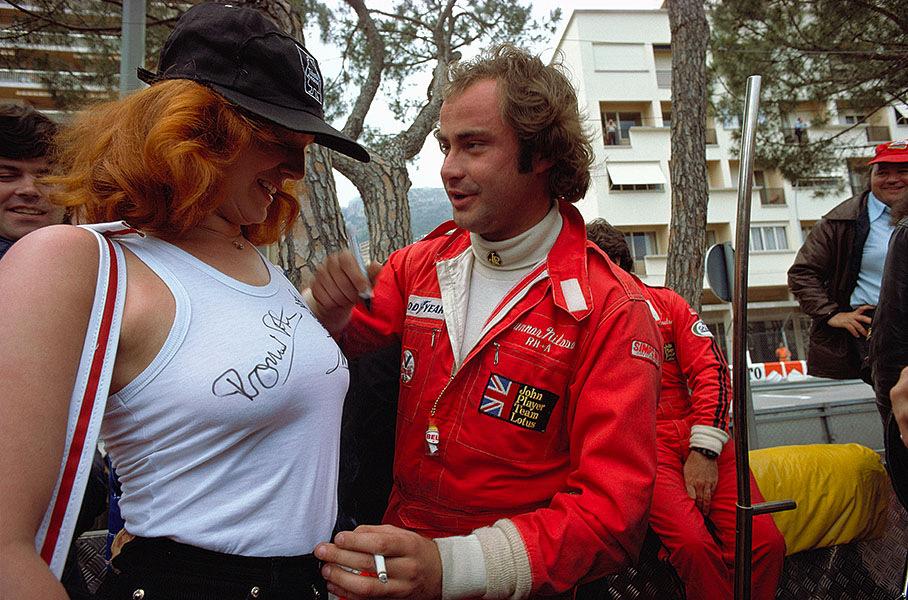
1977, Monte Carlo. After his fellow-countryman Ronnie Peterson, Swedish Lotus driver Gunnar Nilsson signs on the girl's shirt. Photo by Rainer Schlegelmilch.
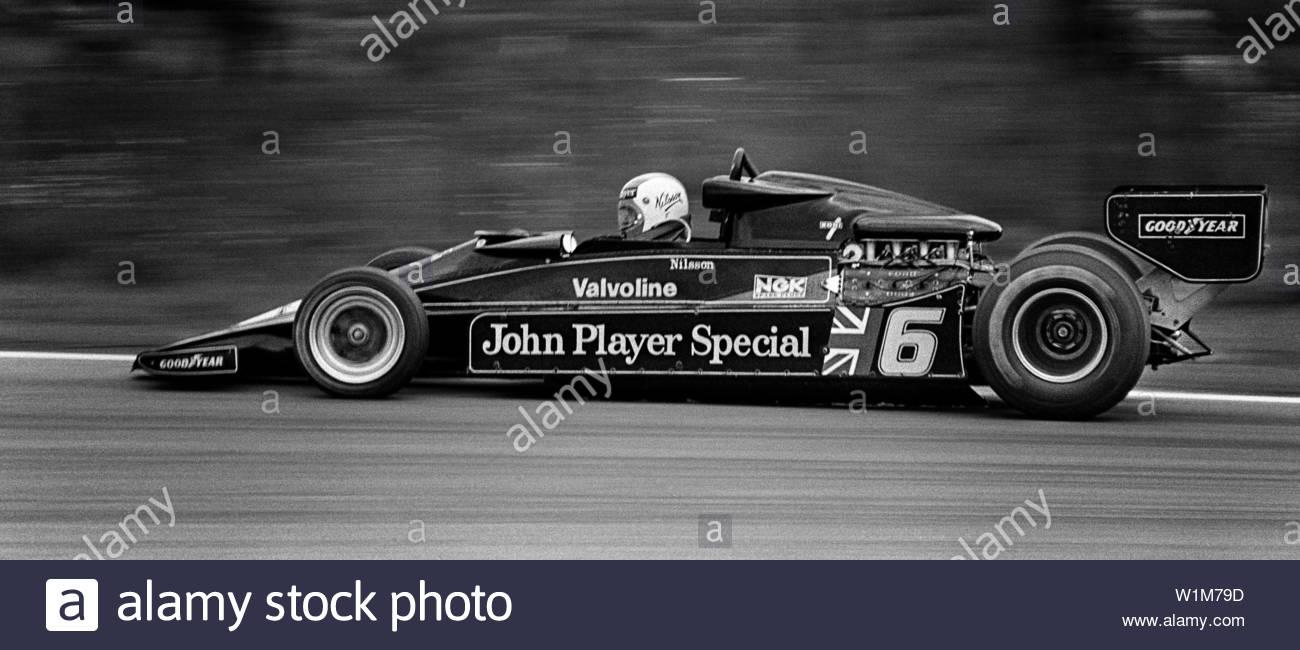
Gunnar Nilsson in his Lotus at Anderstorp in 1977.
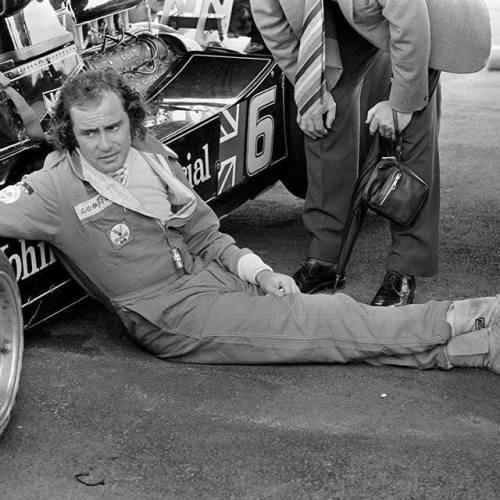
Gunnar Nilsson (Lotus-Ford) at 1977 Swedish Grand Prix in Anderstorp. Source F1 History & Legends.

Gunnar Nilsson and Ronnie Peterson at 1977 Swedish GP in Anderstorp. Piciotti archive.
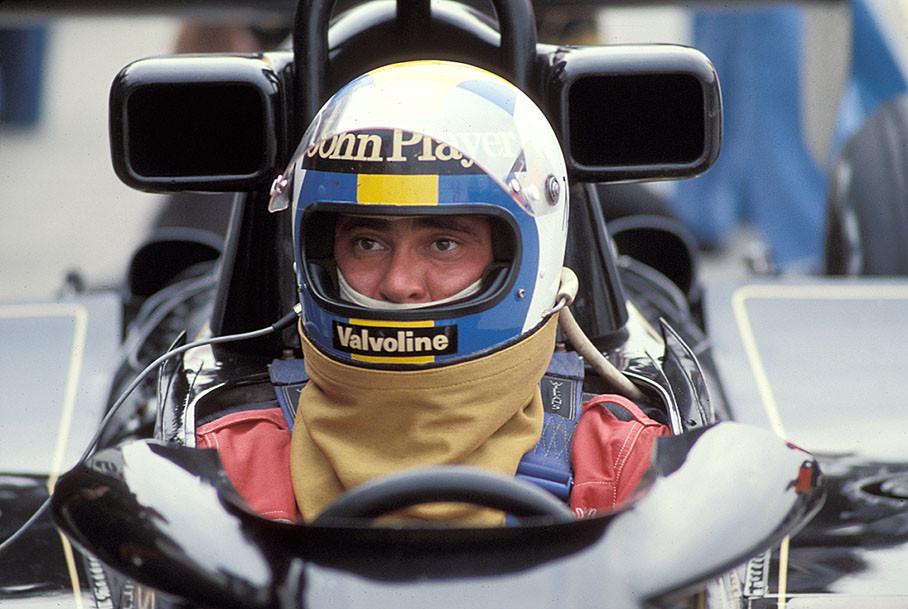
Gunnar Nilsson at Hockenheim in 1977. Photo by Rainer Schlegelmilch.
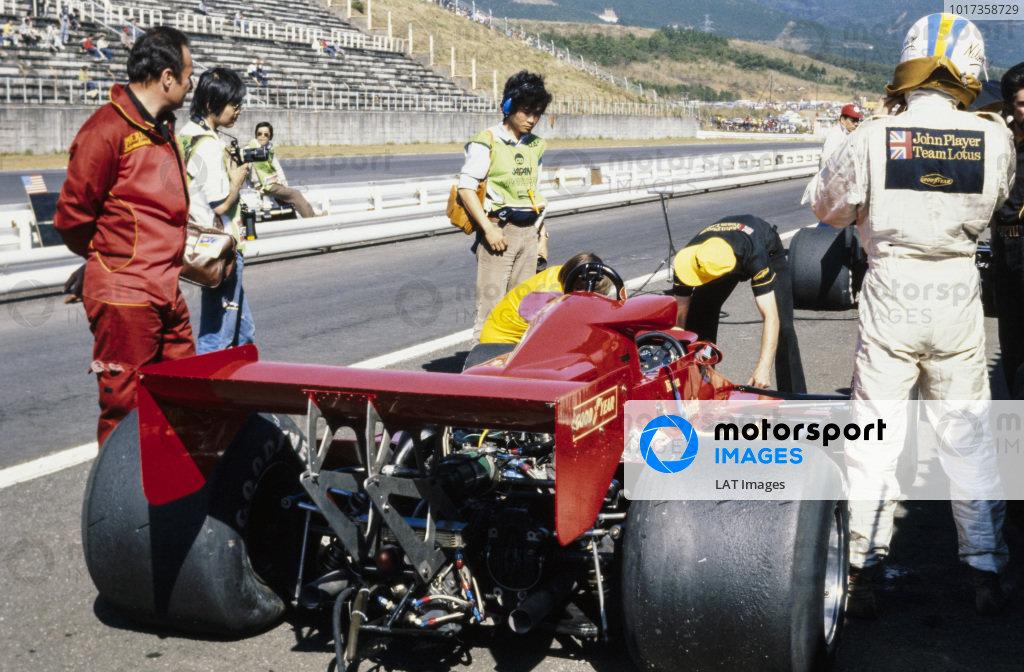
1977 Japanese GP. Gunnar Nilsson straps on his helmet as he prepares to get into his Lotus 78 Ford.
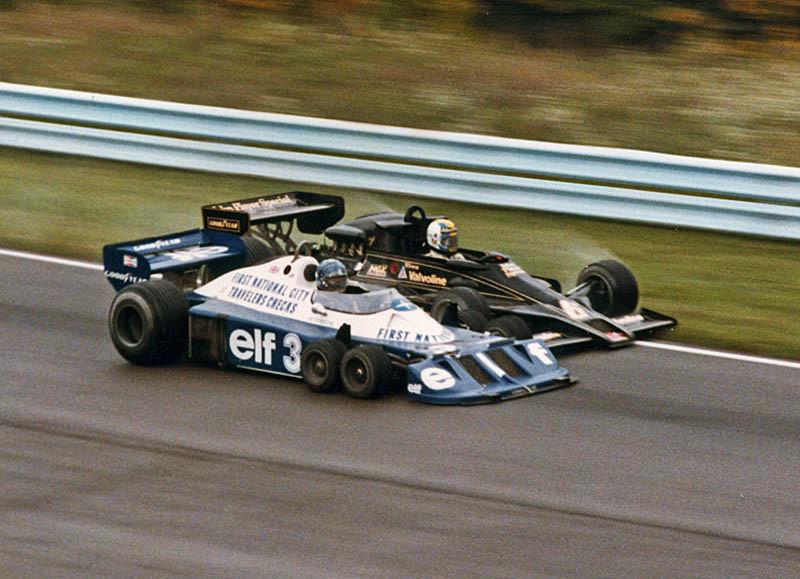
Ronnie Peterson and Gunnar Nilsson in 1977.
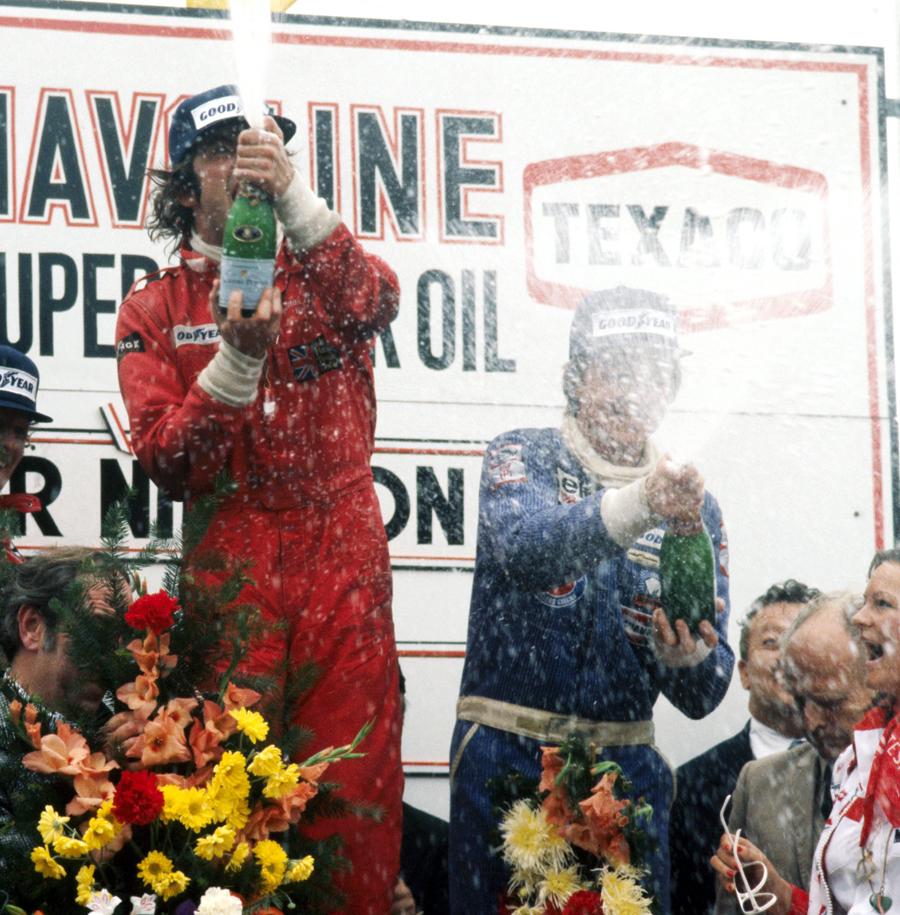
The only Nillsson's win, the 1977 Belgian Grand Prix at Zolder.
It was not easy but by the midseason the cars were competitive and in Belgium Nilsson won his first Grand Prix at a race-soaked Zolder, driving around the outside of Niki Lauda's Ferrari with 20 laps to go. It was in December 1977, during a routine check-up with a London doctor, when Nilsson was faced with the news he had testicular cancer. From then on, he saw a rapid decline in his health. At the Charing Cross Hospital in London, Nilsson was treated for his cancer by intensive radiotherapy.
After losing his Lotus seat, he signed for Arrows for 1978. By July he was almost unrecognisable, having lost over 30 kg in weight and all his hair, but he still talked of a possible comeback. But the cancer had spread to his lymph nodes. His condition worsened and eventually he had to admit that that he would not be able to drive. That summer, as Andretti and Peterson raced to the World Championship in their Lotuses, Nilsson grew weaker and weaker. He started work on setting up the Gunnar Nilsson Cancer Research fund, his final race, declining pain-killing drugs so he could work as long as possible and grieved in September when Peterson was killed in a crash at Monza.
One of his last public appearances was the funeral of his friend died at Monza. Weakened by the treatments and limping he told reporters he’d like to come back soon on track in place of Ronnie, to defend the honour of Sweden in the world of car racing.
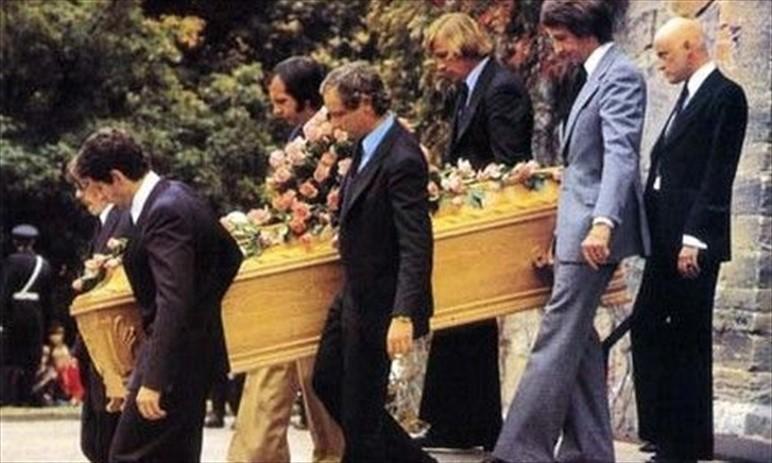
He walked behind the coffin, carried by Lauda, Hunt, Fittipaldi and a few more champions. It was like, with Ronnie, Gunnar also said goodbye to everyone: it was as if a whole country, which in fact will cancel its Grand Prix, would shut down the engines as a sign of mourning. Peterson's death had a big impact on Nilsson. Whilst in Sweden, mourning at his friend's funeral, it was too much for him. He lost the courage which kept him alive for many months and finally collapsed and died five weeks later on 20 October 1978 in Hammersmith, London, aged 29. Shortly before he dropped into a coma he shook his mother’s right hand and his girlfriend’s Kristine left one, leaving just like that.
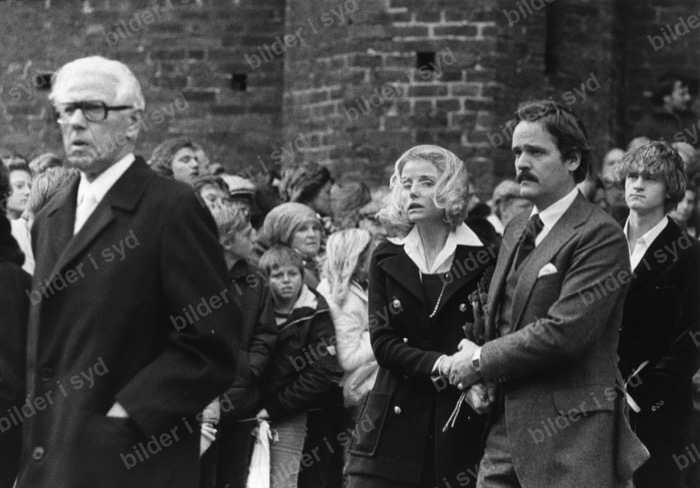
The funeral of Gunnar Nilsson in Mariakyrkan, Helsingborg, in 1978 was attended by his girlfriend Christina Tenshult and mutual friends. Photographer Thommy Bernquist.
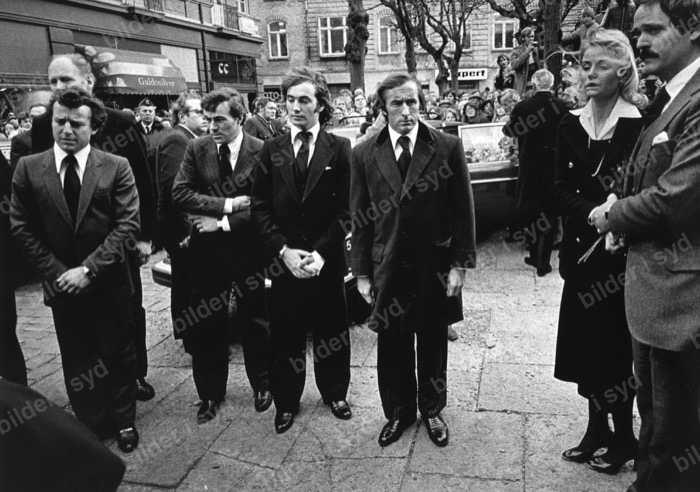
Jackie Oliver, David Roody, Rupert Keegan and Jackie Stewart attended the funeral, together with Gunnar’s girlfriend Christina Tenshult.
Gunnar Nilsson is buried in Pålsjö cemetery in Helsingborg, Sweden, close to his parents Arvid and Elisabeth Nilsson. The Gunnar Nilsson Cancer Foundation, instituted in 1979, has financed dozens of projects and initiatives for the study and treatment of cancer.
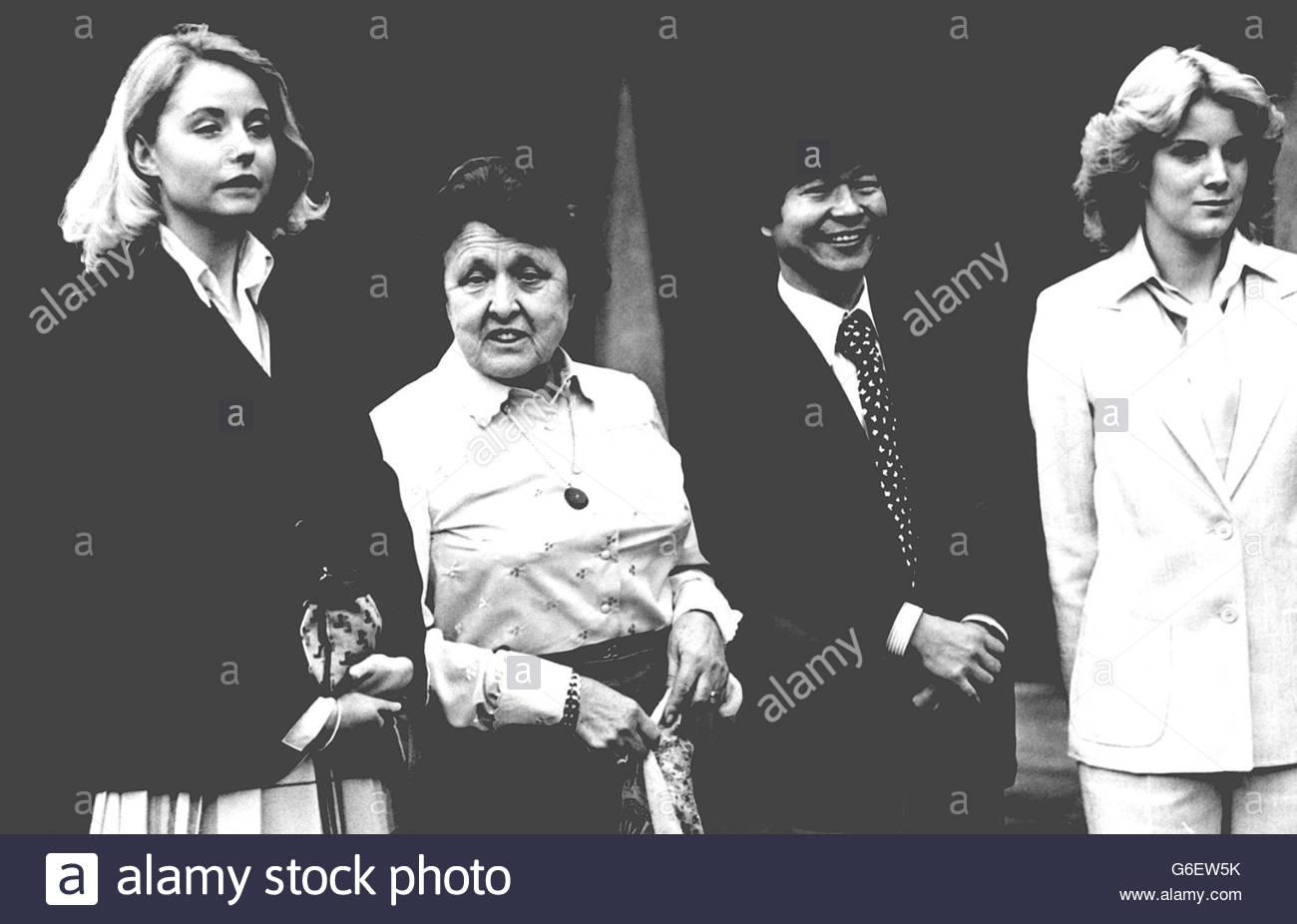
Kathy Miller (right), the 15-year-old American schoolgirl who won last year's International Award for Valour in Sport, at Guidhall in the City of London. On left is Kristina Tenshult, girlfriend of the late Swedish racing driver Gunnar Nilsson, who died of cancer in October and Mrs Elizabeth Nilsson (his mother). Centre is Naomi Uemura, the Japanese explorer who became the first man to reach the North Pole alone. 22 February, 1979. Credit PA Images / Contributor.
“Maybe I’m a little different from the rest. Of course, it’s not that I don’t like pretty girls, champagne and crazy adventures. However I’m happy especially in my place, with my records, my girlfriend Kristine and my books. And I like, above all, to be close to my mother”. From these words, spoken only a few months before the outbreak of the implacable disease that will be the death of him, the whole Gunnar Nilsson comes out, the opposite of the stereotype of the “viveur driver” so glamorous in the late ‘70s.
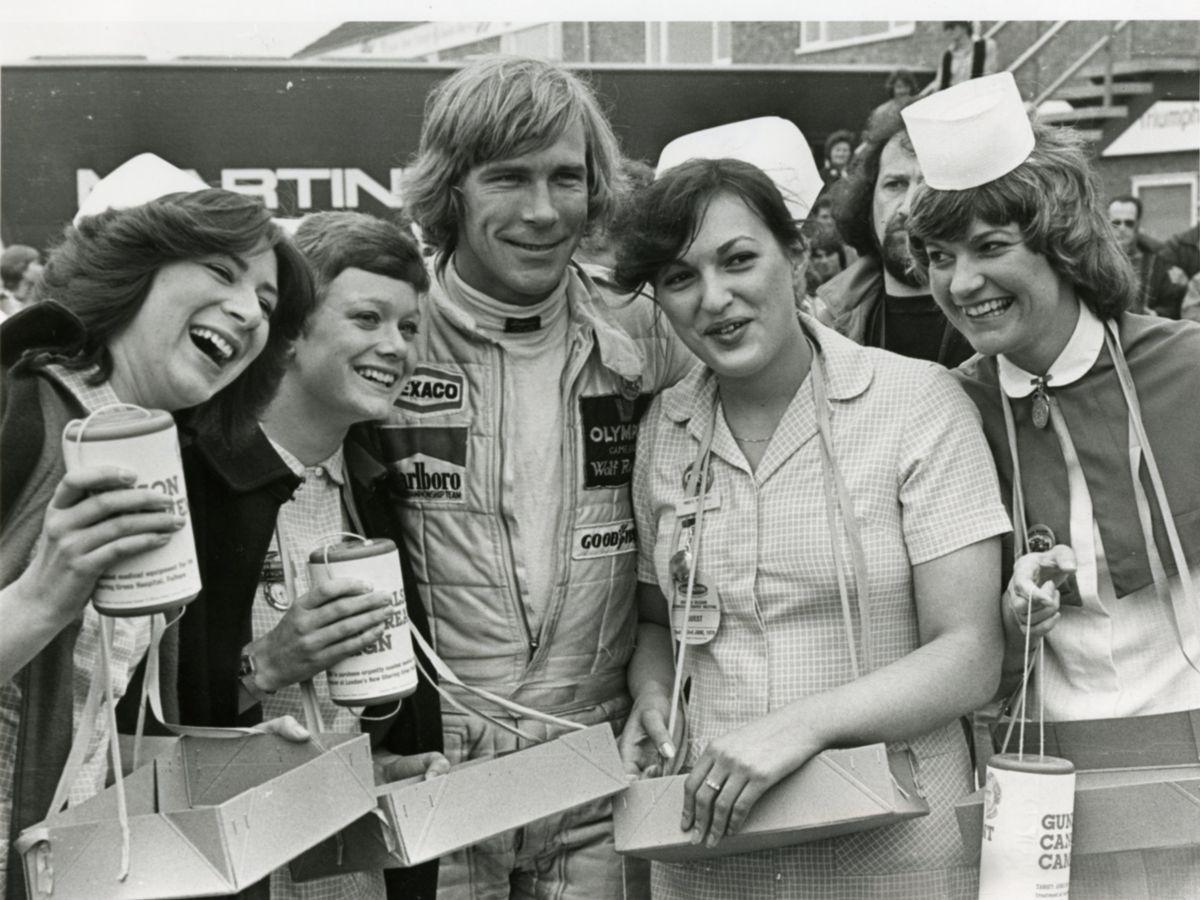
Driving ace James Hunt visited Donington Park in June 1979 for event in memory of racing star Gunnar Nilsson.
It was the short story of Gunnar Nilsson, who one day overtook Niki Lauda; who didn’t have time to let us describe all victories that would come; who was not yet 30, like a lot of guys to whom destiny unfastens seat belts.
Video



Comments
Authorize to comment